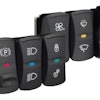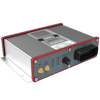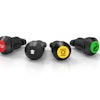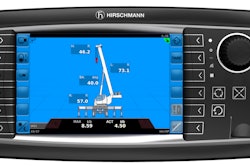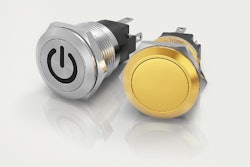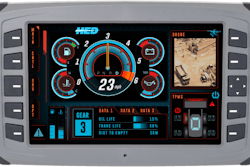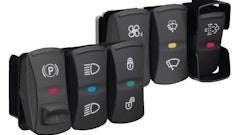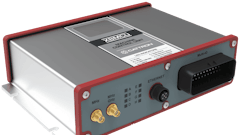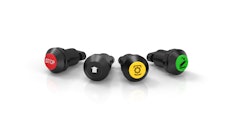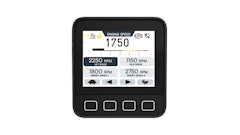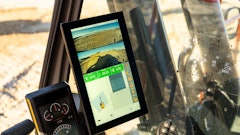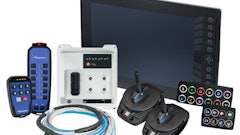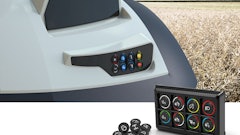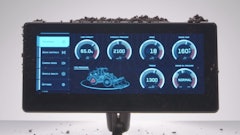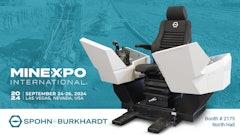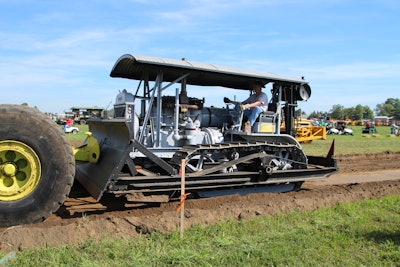
As tractor-mounted attachments, particularly bulldozers, came into use in the early 1920s, a related challenge emerged: How to control the attachment?
The dozer blade, left to its own devices, will follow gravity downward – which is why safety demands that a dozer or other attachment be fully lowered when the machine carrying it is idle. A means was needed not only to raise the dozer clear of the ground, but also to control its depth when working.
Given the technology of the time, a hand-operated chain windlass was the first answer. Turned from the operator’s station, the windlass controlled the blade’s height. One operator could handle the operation of the tractor and the windlass, but it was not unknown for a second man to turn the windlass so the operator could concentrate on the tractor.
The earliest hydraulic controls for dozers also appeared in the early- to mid-1920s. LaPlant-Choate Manufacturing Company, which is often credited with developing the first successful tractor-mounted bulldozer, developed a unique counter-balanced hydraulic dozer that was operated by a large cylinder on the back of the tractor. Along with enabling one operator to handle both the tractor and the dozer, this design was also well balanced, with the weight of the dozer and its attendant equipment centered near the tractor’s own center of gravity. However, it could only lift the dozer; all down pressure for work was supplied by gravity and the physics of the blade’s interaction with its load. Positive down pressure didn’t appear until the next decade.
R. G. LeTourneau, who was responsible for numerous design breakthroughs in construction machinery, perfected cable control for tractor attachments. He had been developing scrapers and other tractor-drawn and mounted machinery for years, and had been using electric motors with rack and pinion mechanisms to control them – a concept he used on far larger machinery in his later years. But two problems emerged: This system was impracticably slow for dozer use, and in the language of the time it simply couldn’t stand the gaff of dozer operation. The loads applied to the dozer brutalized the rack and pinion.
In 1928, LeTourneau introduced a modified cable winch on the back of the tractor and a tube to the front (later an overhead frame) through which the cable passed to reach the dozer. While, like LaPlant-Choate’s hydraulics, down pressure could not be applied, it was quick, easily controlled by one operator, and had the added advantage of being able to operate towed equipment as well. Cable control became standard for most mid-sized and all larger tractors, while hydraulics were limited to smaller machines due to the limitations of hydraulic technology.
It wasn’t until the mid- to late-1950s that hydraulics were perfected for dozer control on the larger tractors, and today’s hydraulics provide not only lift and down pressure, but also tilt and angling.
